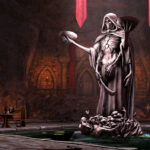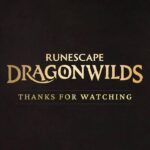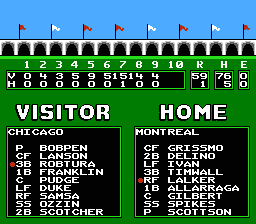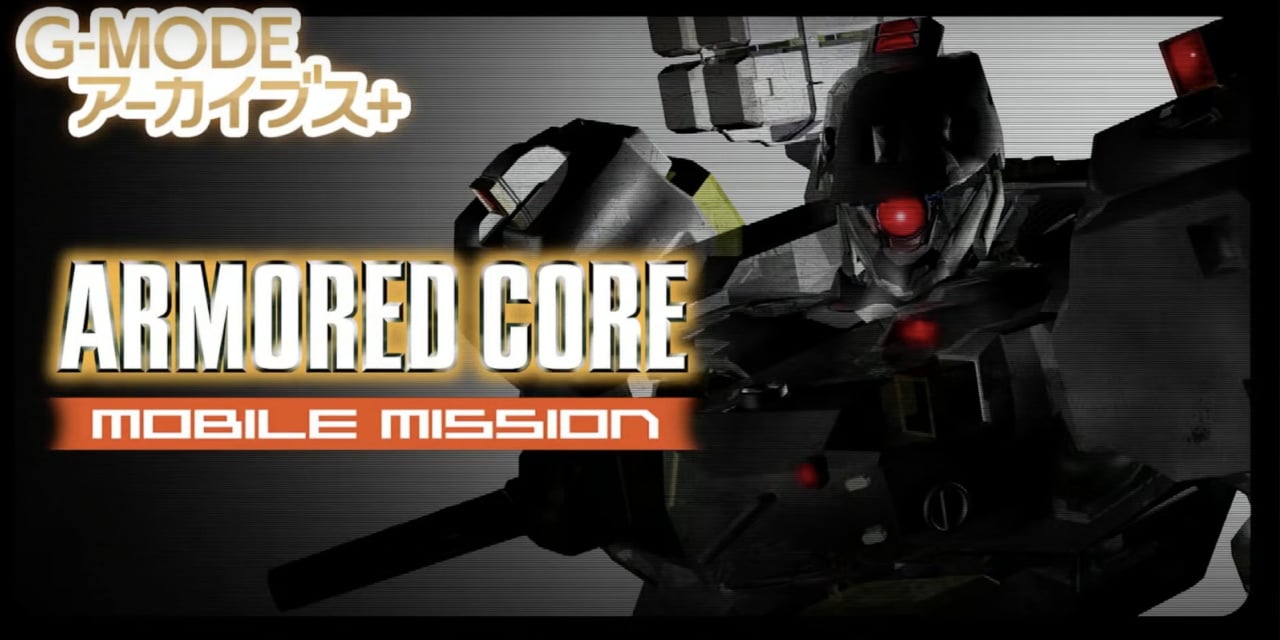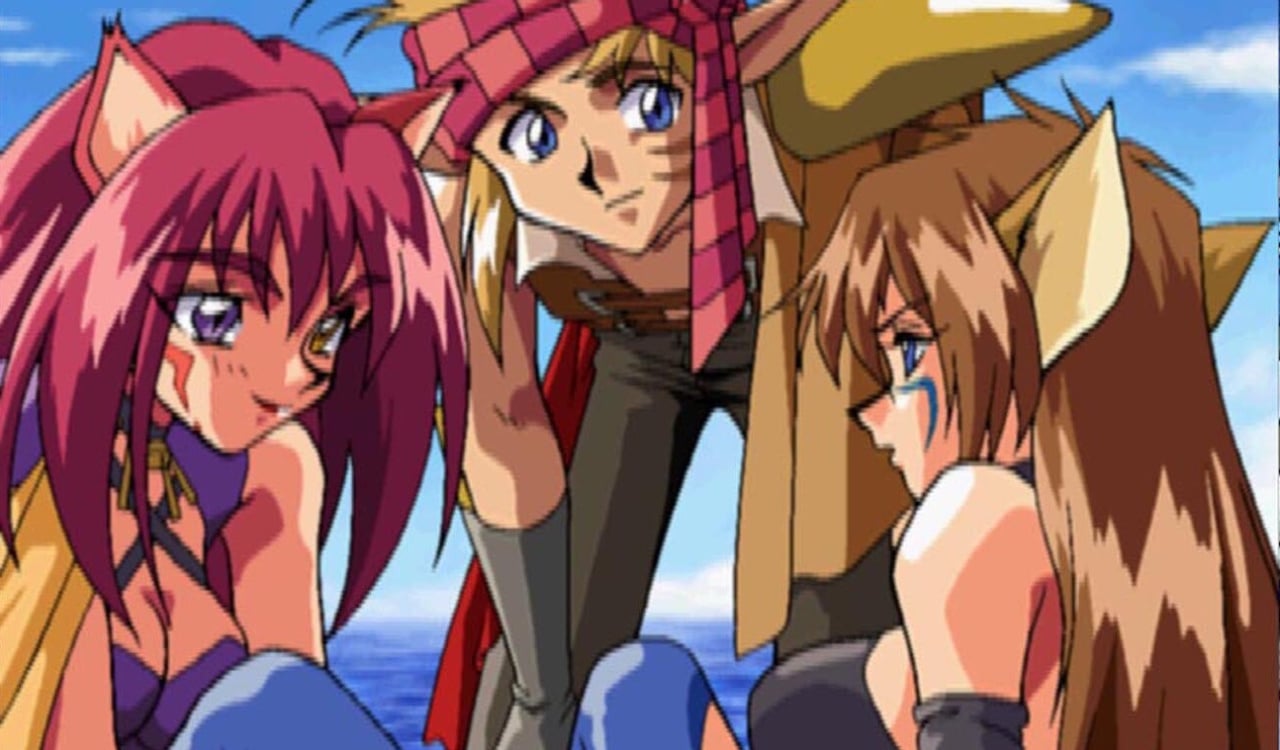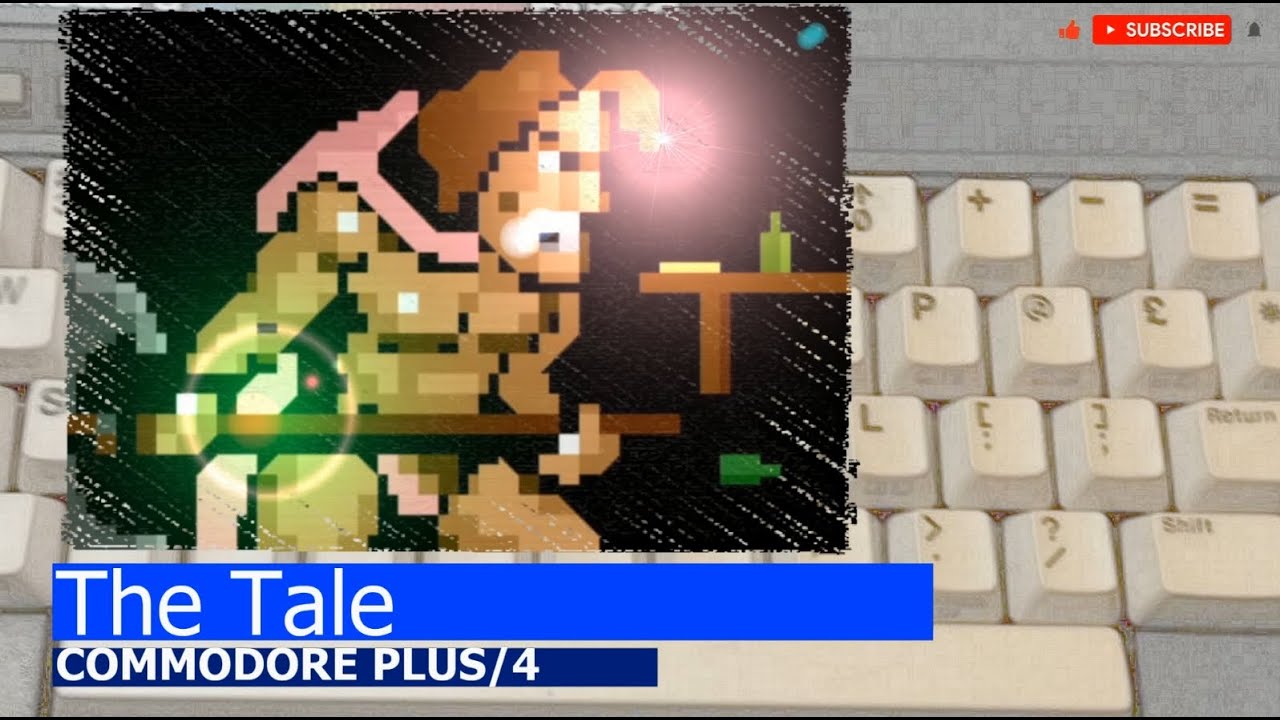The early ‘90s were a different time for Sports games than today. Back then, you didn’t need a license of a professional sports league to sell copies. You just needed to create something fun to play- and different. As a result, the market was flooded with sports titles, ranging in quality from amazing to downright awful. Among the better ones was Roger Clemens MVP Baseball on the Sega Genesis (as well as the Super Nintendo, Game Boy and NES), which in spite of not having a Major League Baseball or Major League Player’s Association license, was unique, thanks to a variety of views that changed fielding and hitting in 16-bit baseball games forever.
Designed by Perry Rodgers, a former Twin Galaxies Gaming Champion, member of the US National Video Game Team, co-founder of the Amusement Players Association (APA) with Steve Harris and Jeff Peters, which published the Top Score Newsletter, a predecessor to Harris’ Electronic Gaming Monthly, as well as Senior Producer of some of the original PlayStation’s biggest titles including Parappa the Rapper, Final Fantasy VII and Gran Turismo, this was an opportunity early in his career to do more than produce. Behind the wheel for the entire development cycle, Rodgers had some clear objectives for his baseball game.
“I was working at Activision. That was my first job in gaming,” Rodgers said. “I was a Product Specialist and Associate Producer. I was there for about two, two and a half years. After a while, I got this- ‘I want to make my own game’ idea. That’s obviously very common in the industry. But being that Activision was more of a publisher than a developer at the time, that wasn’t going to probably happen there. So I can’t recall exactly how I got in talks with George Metos from Sculptured Software. I believe it was because of some work that I had been doing for Activision, but I just can’t recall the details on that. He flew me out there and we talked about doing my own games. I’ve always liked sports games in general. One of the games I wanted to do was a baseball game, but I wanted to do something different. All of the baseball games that had been done at that time were always these top-down small character types of, baseball games. George liked what he heard and shortly thereafter I received an offer to join Sculptured in Salt Lake City.
Leaving Activision for Sculptured Software, Rodgers now had an opportunity to design games. It was a chance he’d absolutely make the most of and Sculptured Software welcomed him with open arms. It didn’t take him long to make good on his pitch for a unique baseball title. “I was kind of given carte blanche to design and produce what I wanted,” Rodgers said. “We had a small team there and they had concept artists who did the drawings for where we wanted to put the cameras for different positions and things like that. We started working on the high concept of what we wanted to do, starting on the NES. The whole concept was- let’s bring the fire down to the field on the field level. I wanted it to be so once the ball was hit, you’re now a fielder and now you’re looking at him from over the shoulder, not this high view every other game at the time had. That was the concept.”
Originally an NES game (and eventually a Sega Genesis and Super Nintendo version that would feature more processing power and be able to deliver more visually), Rodgers’ vision was originally dubbed Grand Slam Baseball. “At this time, Roger Clemens isn’t associated with the project. At this point, it was what we called a speculative project,” Rodgers said. “We were just building it on our own and we were going to find a publisher later. So we started building it and were fairly far along with it when Acclaim took an interest and decided they wanted to publish it on their LJN label. Soon after, Acclaim sought to get Roger Clemens interested in licensing the game. We couldn’t get MLB licenses or probably I should say, I’m not sure if there was any attempt in getting them. I can’t remember if it was probably EA or somebody else, who had those licenses around that time.” Acclaim showed it at the Consumer Electronics Show and the press and others thought that it was a Super Nintendo/Genesis game because of the large sprite characters of the players. I considered that a compliment.
Now with a publisher attached, the game began to become what players know it as today, Roger Clemens MVP Baseball. And even with no Major League Baseball or Players’ Association license, Clemens’ name was a huge draw. At that point in his career, more than a decade before he was connected to the biggest steroid scandal in baseball history, Clemens was easily one of the top pitchers in the game. To the game’s benefit, it was also a time when having a license wasn’t the most important thing for a game based on a professional sport.
But even with Clemens supporting the game, his impact didn’t do much to influence the end product. “Roger Clemens was actually there in the booth and signing autographs for people,” Rodgers said. “That was kind of fun to meet him, before all his controversy. I remember I was a little nervous about going up and speaking to him, but the publishers pulled me over and introduced me to him and said, ‘Oh, here’s the designer of a baseball game.’ I think I asked him what he thought of it. I don’t know if he ever played it or not. But he was very gracious in supplying the photos and quotes. We used a lot of his quotes in the game. At the time, it was very exciting to have him involved. Kudos to him for supporting us. That was a good win. I don’t know that it would have otherwise been as successful without that license on it, to be honest. I think people were still drawn to it, but I think the Clemens’ name brought a lot to it for sure.”
According to Rodgers, while the MLB licenses would have been great to have and he was happy to have Clemens on the cover, his chief concern was always to make sure the game was fun. That’s something that the king of baseball games at the time, RBI Baseball, had in droves. But unlike Clemens Baseball, RBI Baseball also had a Player’s Association license. “I loved RBI. We used to play that in the office at Activision before my joining Sculptured. I know personally that if I played an MLB licensed game and it was apples to apples as far as how the gameplay worked, I’d go with the licensed game over the non-licensed one. That said, if the licensed game had inferior gameplay to a non-licensed game, I’d choose the non-licensed game. To me, it’s all gameplay. It’s the gameplay first.”
But even without the licenses needed to give them one hundred percent authenticity, Rodgers found other ways to satisfy hardcore gamers. “I think we obviously would have liked to have had a Player’s or MLB license and we tried to replicate it as best we could in a sense of approximating it, with the same divisions and number of teams for each division. We tried to basically structure it with different team names and different character names and tried to be kind of funny about it on some of the names that were different, but were somewhat recognizable, but not the actual names of the players. I remember countless hours putting together player names and coming up with the stats that were going to be used in the game and kind of put it all into a spreadsheet at that time and having that being ready for programming,” Rodgers said. “Most of that was kinda my tedious job as a Producer to do some of that work. I was directing the team, as far as the camera angles and stuff like that as well.”
The fun Rodgers had putting together the names of the players can’t be understated. For example, Jose Canseco and Mark McGwire, the Oakland Athletics’ two monster power hitters nicknamed “The Bash Brothers,” are both nicknamed BASH in the game. Detroit Tigers slugger Rob Deer’s name is Bambi. Stolen base king Rickey Henderson is dubbed Speed and in perhaps one of the best names, Hall of Fame outfielder Dave Winfield is named “Winbrener” in the game, an ode to his very public drama with former New York Yankees owner George Steinbrenner. One of the coolest parts of the game, Rodgers is happy that he was able to connect gamers with their favorite players. At the same time, he does feel like the game needed more seasoning.
“I wish we had had more time and just maybe a little bit more testing on it,” Rodgers said. “As far as how the fielding perspective actually works in practice. I mean, it was a cool concept bringing the player down to the field- and they did it well. But what I found from reading players’ comments in the past, was that once you got used to it, it was fine. But it was a new concept and if I had to do it over again, I think we’d want to spend a lot more time making it more intuitive.
“For instance, it would have been better to have a little bit of a pause or delay, so that when you switch that camera angle, it’s not so abrupt. Players got kind of disoriented at first. I understand what we were trying to do, I just think it needed to be a little bit more playable in that way. I think we could have done it. I just don’t think we, at the time, had the time to do it at that point. That was development back then. A project like that would never be developed that way today. If we were to do that work today, we would have shown, or gone through iterations of the fielding perspective to get it right, or discovered that maybe this system isn’t working and we have abandoned the concept.”
But in spite of those concerns, Rodgers knows the game still had an audience, stating that it performed above Sculptured Software’s initial expectations. “A lot of players really loved it,” Rodgers said. “I don’t have any regrets about taking chances. That’s something I’ve always done in my career, to think a little differently. So for baseball games, I just got this idea for a new perspective. I thought, what else could we do? What would be enticing for the player? It was something different, something new to kind of try to evolve the genre.”
Considering how games the likes of Triple Play and World Series Baseball adopted a closer view to the field, just a few years later and how all baseball games today have multiple camera views for fielding, you can say that Rodgers’ creation was absolutely an influence to the genre. Ever the humble creator, Rodgers’ isn’t about to take that much credit, but he will say that it’s in his nature to always try to create something that stands out.
“You don’t know if they’re coincidental or if the game did lend some inspiration to further development. We were different. We took that same concept after Clemens Baseball and applied it to Boxing Legends of the Ring that we did for Electro Brain. And again, if you think of the boxing games back in the day, there we
The post Perry Rodgers: Roger Clemens MVP Baseball: A Grand Slam of Perspective appeared first on Old School Gamer Magazine.



